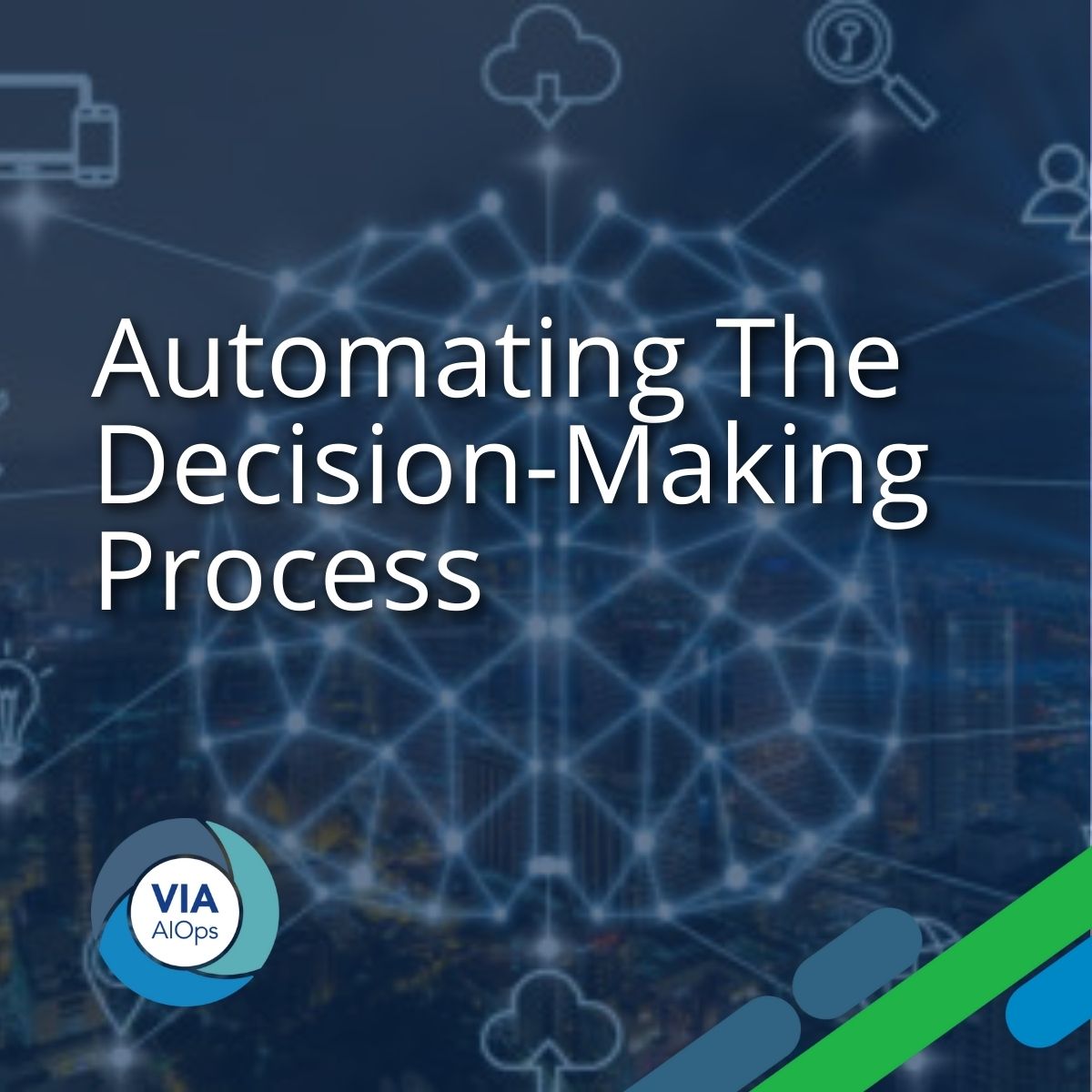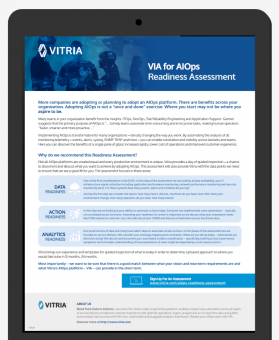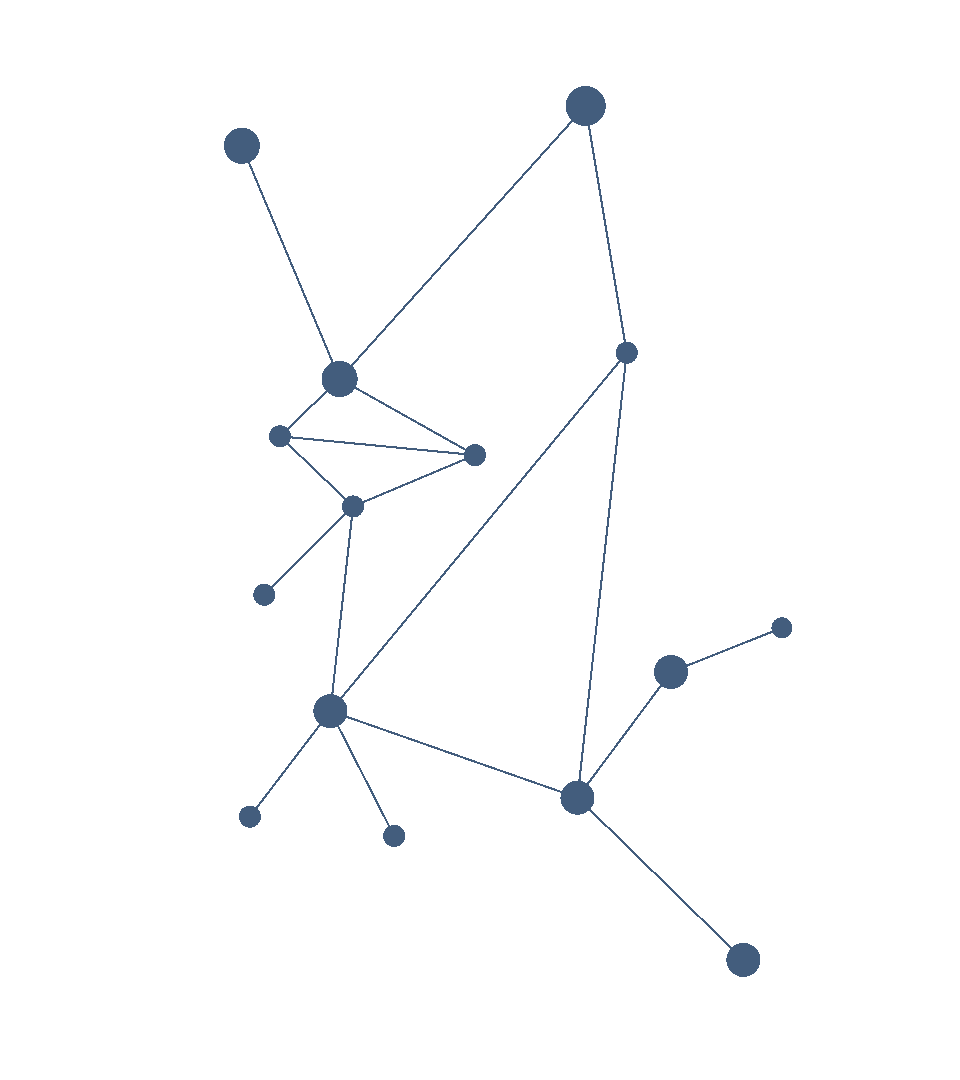Automating The Decision-Making Process

From retail to manufacturing to life sciences – organizations have identified the need to make decisions faster than ever before. As businesses embrace the challenge of making decisions faster, they are dealing with an unprecedented amount of data to consider. How businesses process and manage the data will impact how decisions are tested, made, and corrected.
In multiple surveys, businesses across the board report an increasing use tools like artificial intelligence and machine learning to transform data dashboards into comprehensive decision support. The challenge is finding a way to automate how data is considered to make decisions and how to engage human intelligence in the process. So, what steps can companies take to build decision intelligence? How can organizations build confidence in the automation of the decision process?
Many companies have had success flexing their decision-making muscle by starting with well-defined and low risk decisions. What they soon discover is that adding more factors to the decision engine may improve accuracy. Identifying more attributes and correlating them improve the decision.
Besides identifying more information, determining how to score or rate a decision improves the decision making over time. Overcoming the fear that the “machine” may make a bad decision is a critical step. One way to do this is to score or grade the recommendation. Another step you can take is letting human intelligence override the machine intelligence and then record the outcomes when the machine decision is rejected.
Building decision intelligence can start by taking logical steps:
- Start with a well-defined and relatively low risk decision – increase the challenge as confidence in the automation increases.
- Over time identify more information that can be considered to improve the decision. Given the subject of the decision determine the attributes that could impact the decision.
- Build into the automation the ability for users to score or grade the decision. This not only improves the quality of the decision but gives them active participation in the process.
- Provide the ability for humans to override the decision made by the machine. Record the outcomes and use the information as part of the decision process in the future.
This is what Vitria has done for you with VIA AIOps. VIA approaches the thousands of decisions service engineer and operations must take managing networks at scale with an ontological approach. VIA identifies information attributes known to impact user services. They apply digital fingerprinting which gives operations the ability to score the automated recommendations made by VIA and provides users with the ability to override, and even reject, the decisions made that automate response provided by VIA AIOps. VIA records the overrides and rejections matching them against the need for future changes or the need to address recurring problems. This process raises the confidence that users have in VIA’s automated responses in the future.
Developing decision intelligence is critical for providing service automation for enterprises and fundamental for telcos managing massive scale 5G networks. VIA AIOps builds decision intelligence, improving operational outcomes and the highly valued user experience.




0 Comments